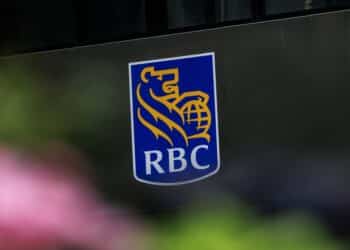Scenic Advisement’s Leung: Banks aren’t meeting private tech’s needs
The growth of capital in play in the private market is changing how private companies, particularly tech startups, find liquidity in the race to go public. Exits of firms like Uber, Lyft and Slack have made 2019 something of a banner year for initial public offerings. It’s notable Slack chose the direct listing route, in which no new shares are issued and only existing, outstanding shares are sold with no underwriters involved.

Scenic Advisement, a startup investment bank for private tech companies and entrepreneurs founded in 2013, approaches investment banking from a new angle to meet the demands of this changing ecosystem.
The San Francisco-based company’s chief investment officer Jane Leung said Scenic focuses on secondary and primary capital raises for private companies, including fintech firms. It also works as an intermediary with institutional investors backing companies that may eventually go public. The bottom line, she said, is that liquidity is copiously available in the private markets now, regardless of whether tech firms turn to initial public offerings.
Leung is a former managing director of BlackRock’s iShares division in Hong Kong. In an interview with Bank Innovation, Leung discussed Scenic’s approach to investment banking; how it uses technology; and why it eschews traditional investment bankers. An edited version of that conversation follows.
How does Scenic differ from a traditional investment bank?
Traditional banks still focus on IPOs and M&As because those have traditionally been the exits for private companies. They’ve built teams and put a lot of resources into the skills required to do those transactions. They don’t have the teams to be able to do secondary transactions or other emerging ways to get liquidity, even direct listings. A lot of the secondary transactions and the types of deals that we do are quite complex and nuanced and take a lot of time.
Why are so many tech companies going public?
It’s a bit of a misnomer. Companies are effectively still private, even after they’ve gone the traditional IPO route. If you look at the traditional float, meaning what’s actually offered by the company in a public listing, it traditionally used to be 25% to 30% of the company. Nowadays, it’s probably closer to 10%. I think DocuSign, for example, only did a 10% float, so they actually maintained quite a lot of control.
How do you bring visibility and transparency to your clients?
We’re trying to figure out the best platform and way to do price discovery to find the true fair value of a private stock. There are really only the main funding sources — the fundraising rounds — to go by, but those don’t happen on a regular basis. It depends on when the company needs funding, which could be as often as every six months, or it could be every few years. There are also trades that happen in the secondary market, but even those are done without a lot of information. Some dentist in Boca Raton can offer $100 for a tech stock that’s worth maybe $10 to $20, but $100 ends up being the price. That might be good for one person but not good for the other, and it’s not good for the company to have such volatility in pricing.
What technology supports what Scenic does?
Michael Sobel, one of our co-founders, was a quantitative portfolio manager in scientific active equity at BlackRock for many years. He takes a statistical approach and has worked a lot with machine learning and AI. While there are fewer data points in the private market, there is a lot of information out there, and you can use programs and machine learning to try to get as much data as possible. We’re also building models that can serve as a ‘proxies’ for what private stock markets’ behaviors might be. For example, let’s say a private stock only has five marks in the last five years. We could scan and scrape the data in the market for secondary transactions, which are not always printed like they are in an exchange, but you can also find information from other news that’s available as well as data via paid subscriptions. You can combine all of that and, using an econometric statistical approach, estimate what the prices would be in between the formal funding rounds.












